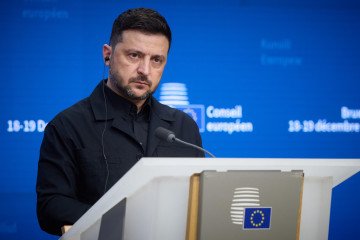- Category
- Latest news
Russia Pushes Toward Strategic Tri-Regional Border in the East of Ukraine
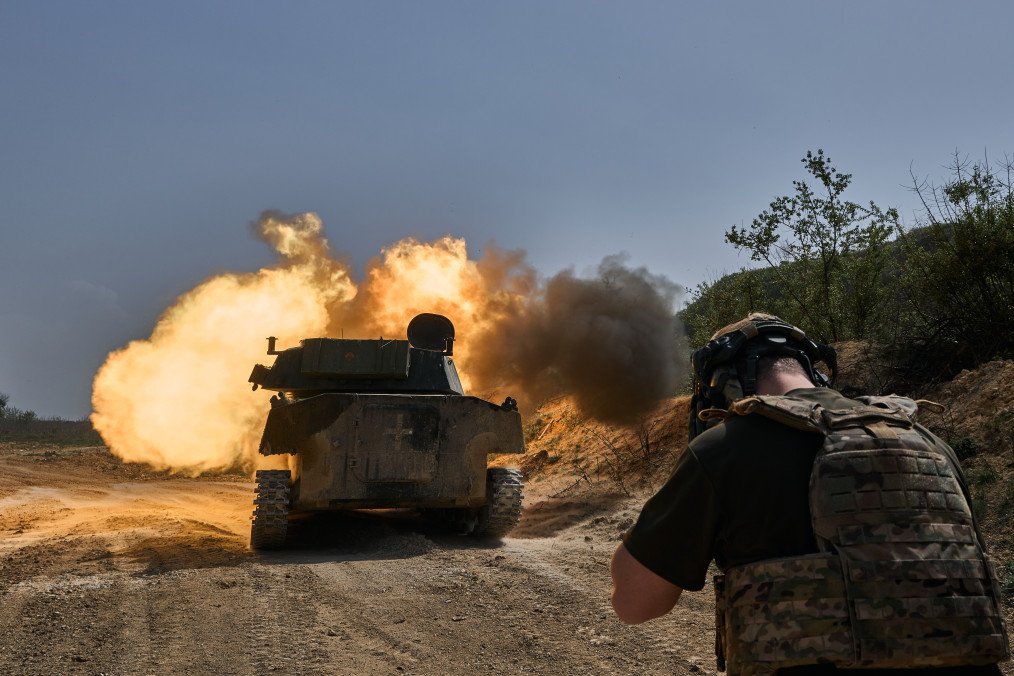
Russian forces have intensified their offensive in the Novopavlivka direction, aiming to advance toward the tri-regional border of Dnipropetrovsk, Zaporizhzhia, and Donetsk, according to Ukraine’s Southern Defense Forces.
Speaking on national television on April 29, Southern Defense Forces spokesperson Vladyslav Voloshyn reported 23 combat engagements in the Novopavlivka sector within the past 24 hours.
“Heavy fighting is ongoing, with Russian troops attempting to break through toward the administrative border of the three regions,” Voloshyn said.
The situation remains volatile in other directions as well. In the Orikhiv area—specifically around the villages of Mali Shcherbaky, Lobkove, and Stepove—Russian forces are attempting to breach Ukrainian defensive lines and establish a foothold.
According to Voloshyn, gaining control of this area would allow Russia to target key Ukrainian logistics routes leading east from Zaporizhzhia and launch artillery strikes against the city and its eastern suburbs.
In the south, fighting has escalated along the Dnipro River in Kherson region. Russian units have increased efforts to seize control of river islands, deploying small groups of soldiers by boat. While most of these attempts are repelled by Ukrainian forces, some Russian personnel manage to remain on the islands.
-9d4b4326f8ca0505222dd4e4b430a908.png)
“These isolated groups are supplied via drone deliveries of ammunition, food, and water,” Voloshyn said. “They often remain there for several days. In some cases, Russian soldiers have surrendered to Ukrainian forces.”
Russia has also intensified air and artillery attacks on civilian areas, particularly in Kherson. Voloshyn highlighted a concerning tactic in which Russian aircraft drop guided bombs (KABs) on residential areas, followed by delayed artillery and drone strikes that target emergency responders arriving at the scene.
“On multiple occasions, Russian forces have launched follow-up attacks on rescue personnel conducting evacuation and recovery operations,” Voloshyn stated. “Just two hours ago, three guided bombs were used in such a strike.”
The spokesperson also noted an increase in Russian reconnaissance and search operations in multiple directions, underscoring a broader effort to destabilize frontline positions and gain tactical advantages ahead of potential offensives.
Earlier, Deputy Chief of Ukraine’s Main Intelligence Directorate Vadym Skibitskyi said that Russia’s top fears are regime change, internal destabilization, and the potential collapse of the state — vulnerabilities Ukraine is factoring into its strategy.


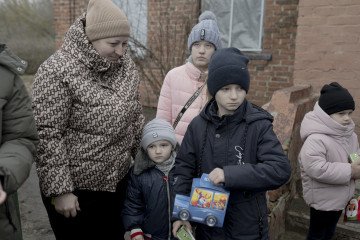

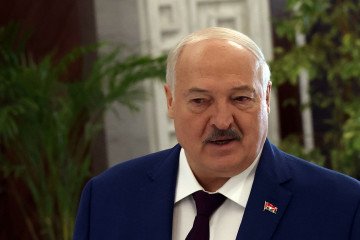
-72b63a4e0c8c475ad81fe3eed3f63729.jpeg)
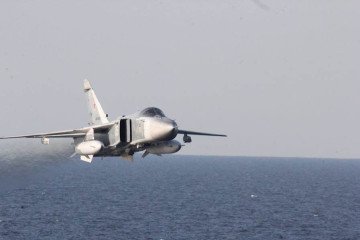
-111f0e5095e02c02446ffed57bfb0ab1.jpeg)
